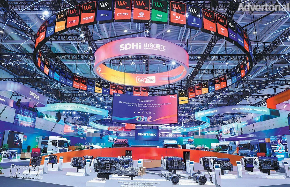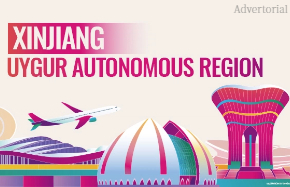Binhai’s ecological system overcomes salinity

Located on the west coast of the Bohai Sea,Binhai New Area has 1958.9 square kilometers of saline soil; that’s about 86.3 percent of its total land.
What’s worse, half of the high-saline area was once regarded as unable to support plants.
Great changes have taken place in the land over just two decades. Ecological beauty is now a source of happiness for the residents and a pillar of Binhai’s high-quality economic and social development.
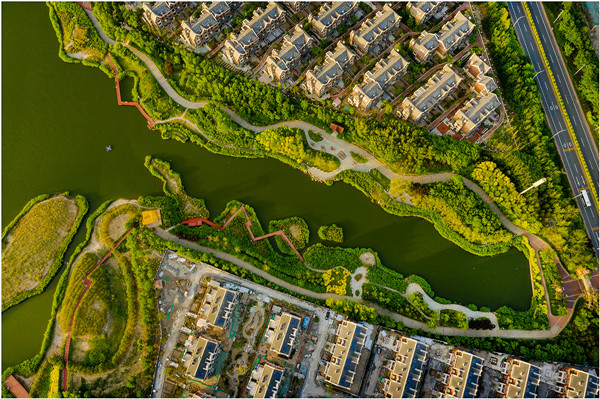
Headquarters and branches of Internet giants, research institutions and high tech companies are now located in Binhai New Area.
In the first eight months of this year, Binhai witnessed about 34,800 new market entities, an increase of 43.03 percent year-on-year. And domestic-funded projects saw 47.3 percent year-on-year growth to number 4740 today.
By the end of 2019, there were 56.91 million trees in the district, with a green coverage rate of 39.17 percent.
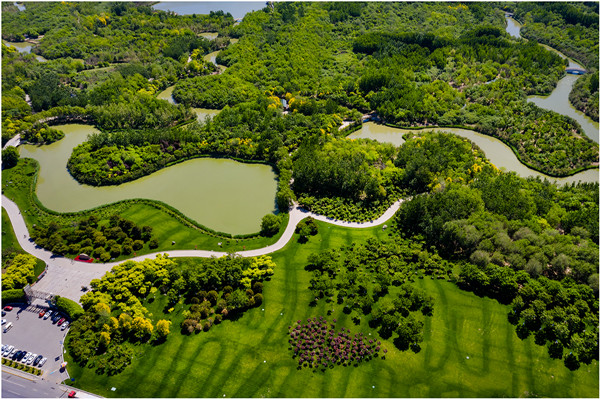
The success of the building of Sino-Singapore Tianjin Eco-city in Binhai is an example of the area’s constant efforts and achievements.
It resulted from a collaborative agreement between the governments of China and Singapore to jointly develop and build an environmentally friendly and resource-conserving city that would provide practical, replicable experiences in China.
The eco-city has emphasized construction of a self-supportive eco-system in which rivers, green lands and wetlands work together, new energy is in play, and a Sponge City concept is applied to construction of the city’s planning and building.
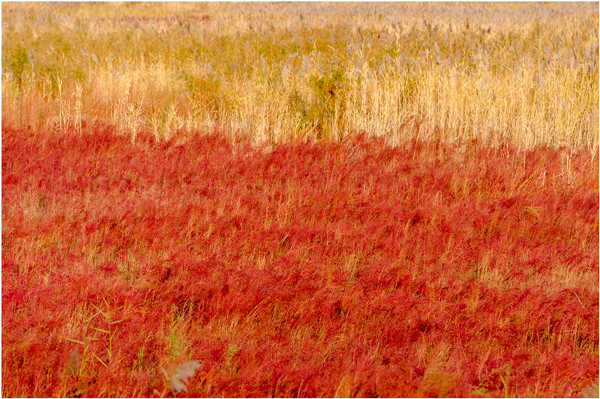
Ma Bo, member of the Binhai Party committee, said the district will continue to innovate ecological technologies for improving saline soils and share them with cities as needed.















